Okra belongs to the Malvaceae family and is an annual crop of the tropical and sub-tropical regions. The fruits are slimy, mucilaginous and rich in iodine content which helps in goiter control. Indian states of Uttar Pradesh, Bihar, Orissa, West Bengal, Andhra Pradesh, Maharashtra and Gujarat lead in okra production in the country.
Climate
Okra is not altitude sensitive but require warm, humid growing conditions. Seed germination requires minimal temperature of 20oC. . The crop is frost sensitive and not suitable for areas with prolonged cold spell. A temperature range of 24o-28oC is most suitable for overall crop growth. Higher temperatures boost vegetative growth rather than reproductive growth of the crop. Temperature crossing 42oC results in flower drop and thereby yield loss in plants.
Soil
Okra is especially partial to well drained, light and loose loamy soils. Okra can be grown in mild saline soils also. Manuring of soil before crop production is needed.
Intercropping and Crop Rotation
Okra is known to respond well in intercropping conditions. Some of the successful intercropping combinations result from combining okra with French beans or radish. The pattern of okra-cowpea-maize, maize-okra-radish and okra-okra-radish have been recorded to reduce the incidence of bacterial wilt in tomato and brinjal, when grown as succeeding crops. Sugarcane yield increase has been reported through intercropping with okra.
Crop Duration
The total crop duration is 3-4 months, depending on variety.
Varieties
Pusa Sawani, Pharbhani Kranti, Janardhan, Anamika, Varsha Uphar etc. are some of the popular okra varieties. Selection of variety for organic farming should be done based on its disease and pest resistance among other specifications.
Seed Selection and Treatment
Seeds can be procured from a certified organic farm or from self-plot. In case of self-plot, care should be taken to isolate the plants from contamination and selection of disease and pest free sources. Once the pods are mature, dry and start cracking, they can be harvested. In order to sow in 1 hectare of field, about 300 plants are to be isolated. A seed rate of 22 kg/ha for a summer crop and 12 kg/ha for a rain-fed crop is optimal. Seed treatment is essential not only as a preventive measure, but also will aid in germination of seeds. In case of summer cultivation, seeds should be soaked in water for 12 hours prior to sowing. Seed treatment with sweet flag rhizome extract for 30 minutes prior to sowing gives resistance to fungal and bacterial diseases. Seeds can also be treated with jeevamrut for 4-6 hours after soaking in water for 8 hours, shade dried and sown.
Field Preparation
Proper tillage of the land to a fine tilth is required for okra plant.
Sowing and Spacing
Okra seed sowing is done either by dibbling or using a seed drill or plough. Broadcasting of okra seeds is not common. In order to ensure proper drainage, reduced water requirement and good germination, ridge sowing is adopted. Seeds are dibbled at the rate of 2-3 per hole. The spacing specification changes with varieties, however ridge to ridge spacing is recommended at 45 cm. The general spacing for branching varieties if 60cm x 30 cm and for hybrids is 75 cm x 30 cm.
Intercultural Operations
Once the germinated seedlings attain 1 true leaf stage, thinning out of closely germinated seedlings is to be done.
Weed Management
Hoeing and weeding need to be practiced regularly as per requirement. The standard weeding schedule is 20 days after sowing, then every 25th day after. Earthing up is done 1 months after sowing.
Irrigation Management
Soil moisture is essential for seed germination. In case of less moisture, watering of the ridges should be done before sowing. In case of high temperature, light irrigations should be provided for proper fruiting. Water logging should be avoided. Drip irrigation is not commercially used for okra and furrow system is commonly practiced. Flowering and fruit set stages of okra requires sufficient water, otherwise moisture stress will lead nearly 70% crop loss.
Manuring
Yearly application of FYM to the soil increases the yield of the crop. Application of FYM at 25t/ha, neem cake at 250kg/ha and groundnut cake at 80 kg/ha are recommended. Addition of biofertilizers to the soil is also advised.
We have a book with detailed information on this plant and for more info, please click here…
Both kindle eBook version and Paperback version of this book is available at all Amazon stores. For more info, click here…
Pest Management
Shoot and fruit borer (Earias vittella, E. insulana)
- Early sowing of okra seeds to avoid damage during rains
- Soil sterilization
- Summer ploughing
- Spraying ginger, garlic, chili extract
Leaf hoppers (Amrasca biguttula biguttula)
- Installation of yellow sticky traps (30/ha)
- Spraying 5% need seed kernel extract
Fruit borers (Helicoverpa armigera, Spodoptera litura)
- Summer ploughing
- Installation of bird perches and use of bird attractants to attract predatory birds
- Fenugreek flour (1 kg) + 2liters of water. Mix them and keep aside for 24 hours. Afterwards, dilute with 40 liters of water and spray on crops (solution for 1 hectare).
- Placing pheromone traps (8/ha)
- Use Trichogramma (50,000 eggs/ha) 6 times every alternate week
Disease Management
Yellow vein mosaic/ Vein clearing (Vector: White fly-Bemisia tabaci)
- Cut a milk bush (Euphorbia tirucalli) or cactus (e.g. Euphorbia nivulia) into pieces, immerse in water and allow fermentation for 2 weeks, after which filter the solution and spray on the crop
- Vector control using yellow sticky traps
- Weed hosts destruction in the vicinity of the crop
- Avoid planting during hot season
- Use of resistant varieties like Arka Anamika, Pusa A-4 etc.
- Phyto-sanitation
- Spray of 5% neem seed kernel extract
Cercospora leaf spot (Cercospora abelmoschi, C. malayensis, C. hibisci, C. hibiscina)
- Spray of 5% neem seed kernel extract
- Cleaning of bunds and phyto-sanitation
Root knot nematode (Meloidogyne incognita, M. javanica)
- Practice of crop rotation with cereals
- Use of marigold as an intercrop
- Addition of neem cake (25qtl/ha) to soil
- Use of bio-control agents Paecilomyces lilacinus, Bacillus penetrans
Some general management practices include:
- Mint leaf extract (250 g powder/2 liters of water) spray
- 5% neem seed kernel extract spray
- Fumigation with Embelia ribes or Acorus calamus during evening hours
Harvesting
The harvesting period depends on the variety characteristics and ranges from 45-60 days after sowing. The pod size and stage depends on the market preference. Harvesting is normally conducted during morning hours. The variation in maturity of fruits of the same crop influences frequent harvesting. This also helps regulate pod size, maturity and enhances fruit formation. The harvest from mornings immediately go to evening markets .The post-harvest handling of okra for long distance markets require cold chain facility, making it delicate issue for small farmers.
Yield
Okra generally yields 7.5-10 t/ha on an average, while hybrid varieties reap 15-22 t/ha.
We regularly publish informative videos on various “Food, Agriculture, Gardening and Horticulture” topics. You may view these videos here…
You may also check out our Digital Publishing Services for Food, Agriculture, Gardening and Horticulture Sector by visiting this link


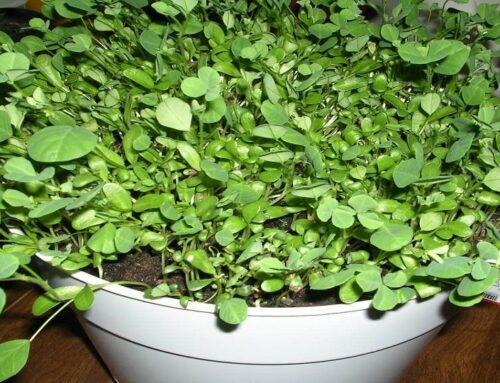
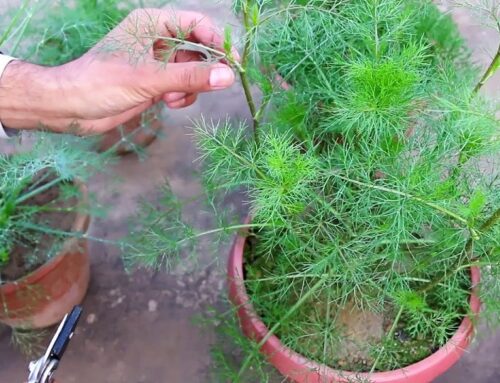
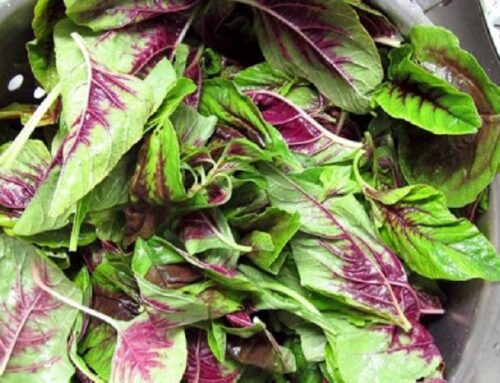
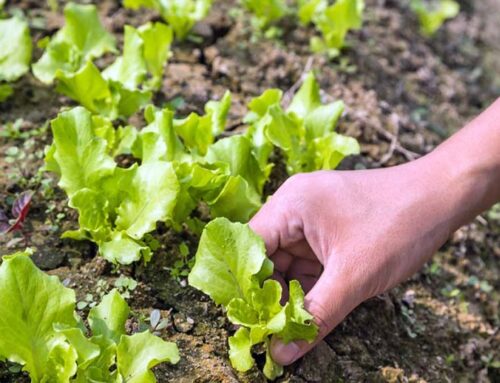
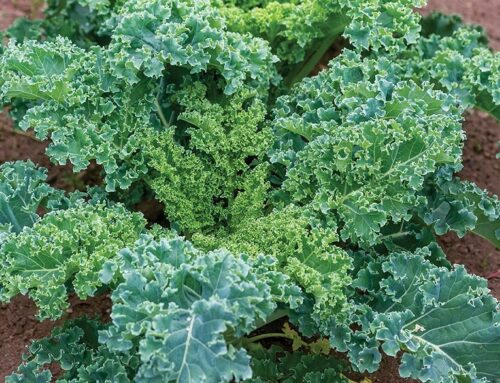
Leave A Comment
You must be logged in to post a comment.